Membrane Transporter/Ion Channel
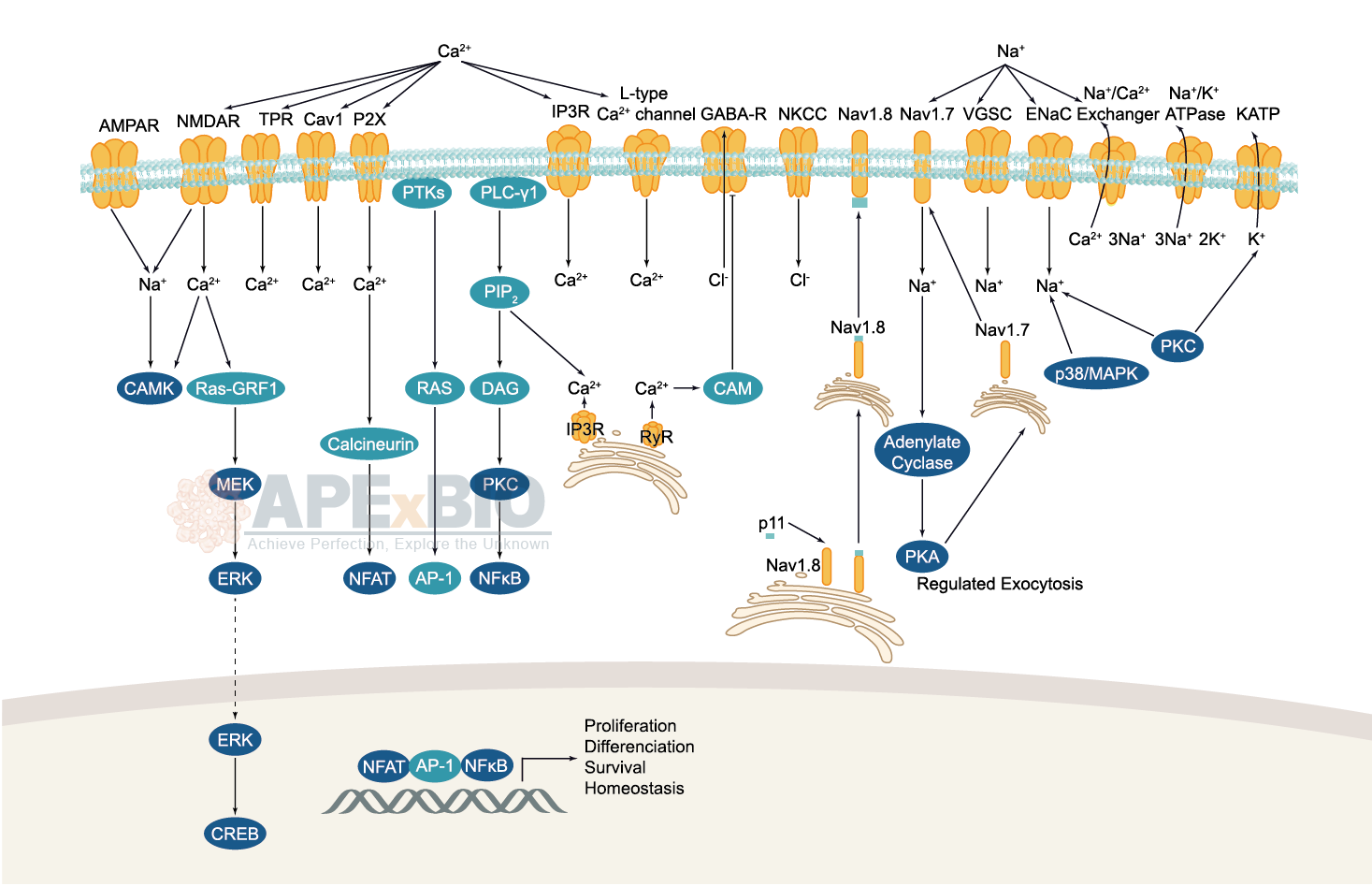
Ion channels are pore-forming membrane proteins which allow the flow of ions across the membrane. The ion channels can be broadly grouped into six families including calcium channels, chloride channels, potassium channels, sodium channels, gap junction proteins and porins. Not all ion channels are gated, such as certain type of K+ and Cl– channels, transient receptor potential superfamily of cation channels, the ryanodine receptors and the IP3 receptors, but most Na+, K+, Ca2+ and some Cl– channels are all gated by voltage. Ligand-gated channels are regulated in response to ligand binding (e.g. neurotransmitters signaling). These ligand-gated neurotransmitter receptors are known as ionotropic receptors. Various neurotransmitters couple to ionotropic receptors such as glutamate, acetylcholine, glycine, GABA, and serotonin.
-
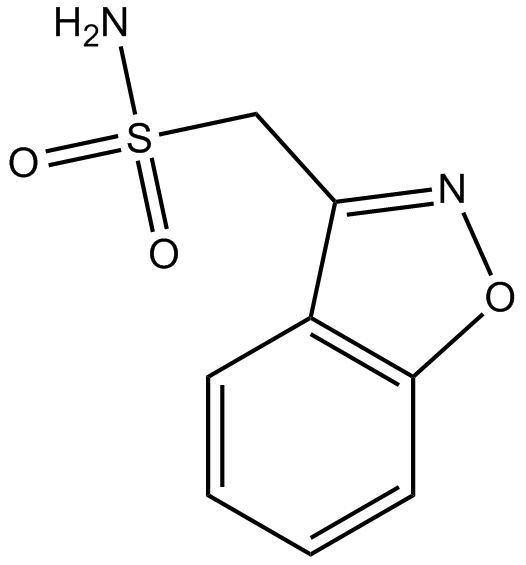 A5354 ZonisamideTarget: Voltage-gated Sodium (NaV) Channels|Voltage-gated Calcium Channels (CaV)|Carbonic Anhydrases|Calcium-Activated Potassium (KCa) ChannelsSummary: Antiepileptic with anticonvulsant and mechanistic effect
A5354 ZonisamideTarget: Voltage-gated Sodium (NaV) Channels|Voltage-gated Calcium Channels (CaV)|Carbonic Anhydrases|Calcium-Activated Potassium (KCa) ChannelsSummary: Antiepileptic with anticonvulsant and mechanistic effect -
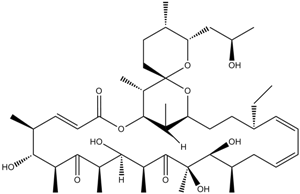 A5588 Oligomycin A1 CitationTarget: Synthases/SynthetasesSummary: Mitochondrial ATP synthase Inhibitor
A5588 Oligomycin A1 CitationTarget: Synthases/SynthetasesSummary: Mitochondrial ATP synthase Inhibitor -
 A5316 RepaglinideSummary: Kir6 (KATP) channel blocker
A5316 RepaglinideSummary: Kir6 (KATP) channel blocker -
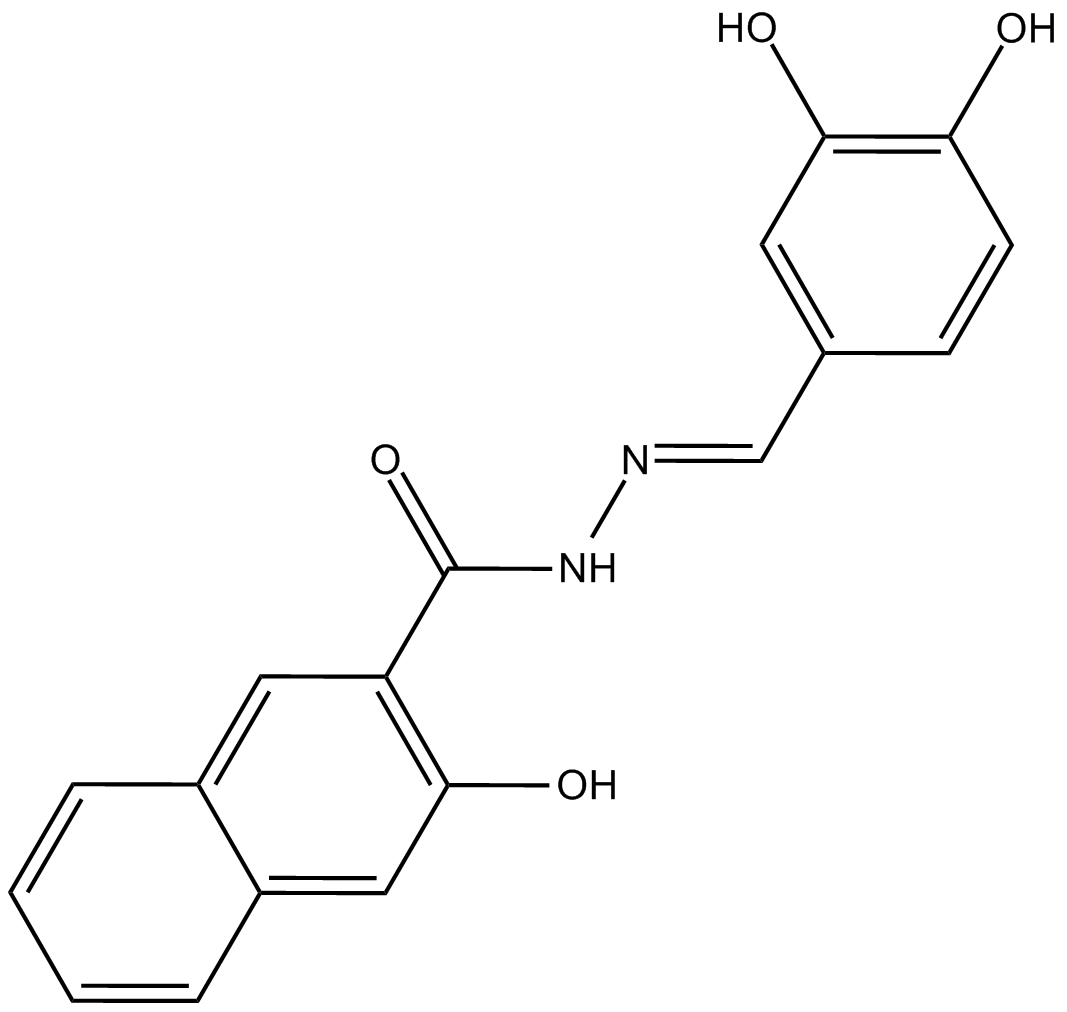 A1605 Dynasore4 CitationTarget: GTPasesSummary: Dynamin and GTPase inhibitor
A1605 Dynasore4 CitationTarget: GTPasesSummary: Dynamin and GTPase inhibitor -
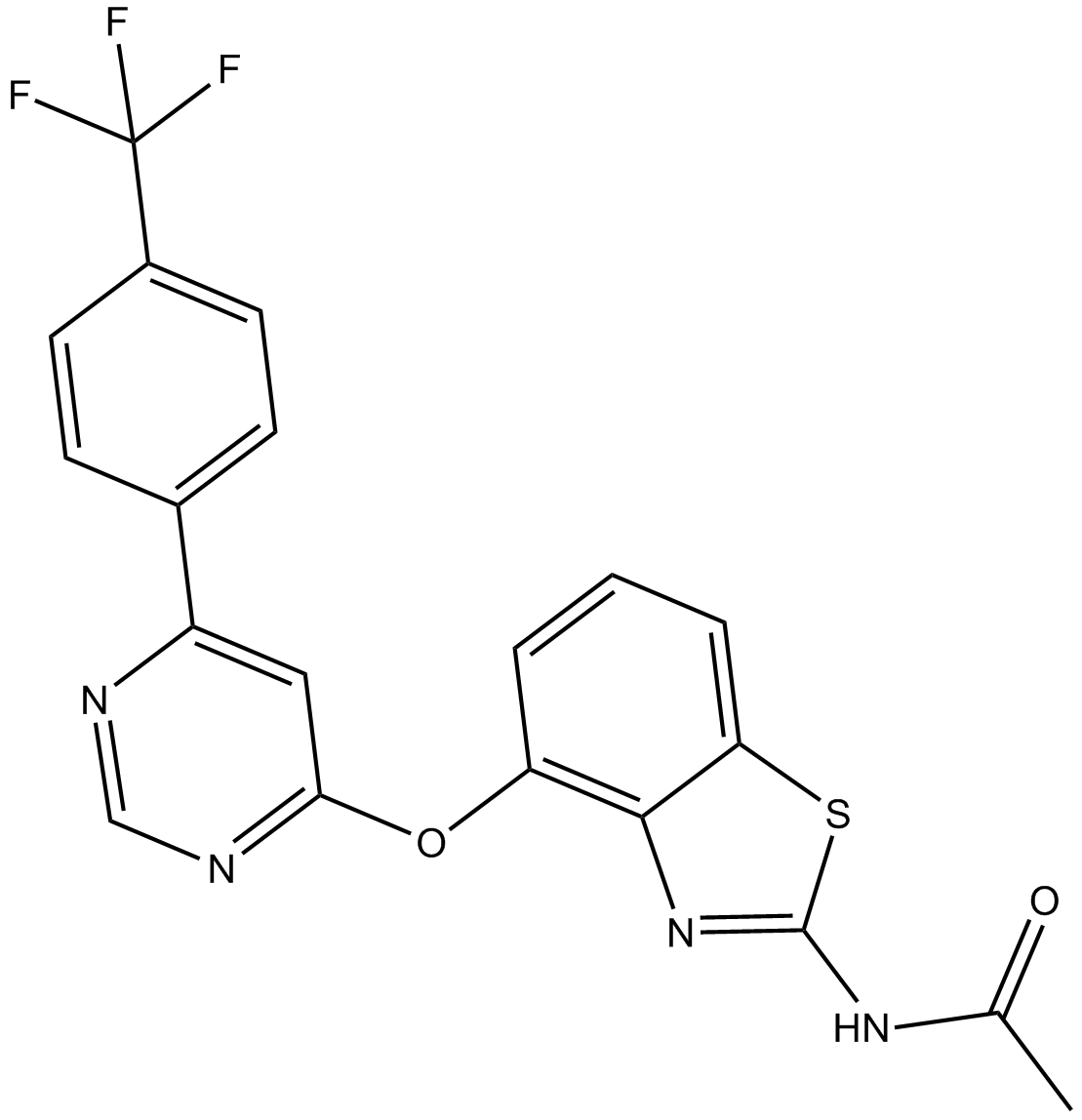 A1174 AMG-517Target: TRP ChannelSummary: TRPV1 antagonist,potent and highly selective
A1174 AMG-517Target: TRP ChannelSummary: TRPV1 antagonist,potent and highly selective -
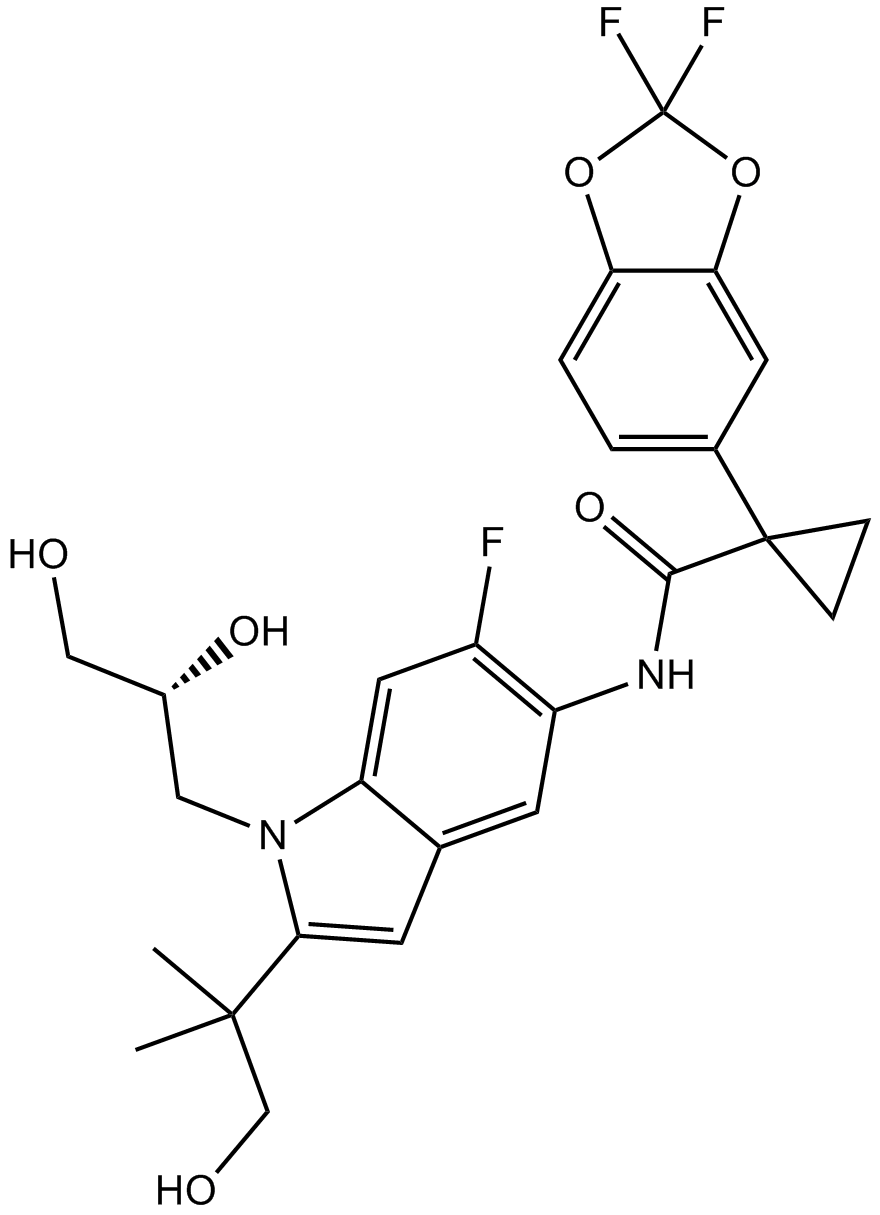 A2664 VX-661Target: CFTRSummary: F508del CFTR corrector
A2664 VX-661Target: CFTRSummary: F508del CFTR corrector -
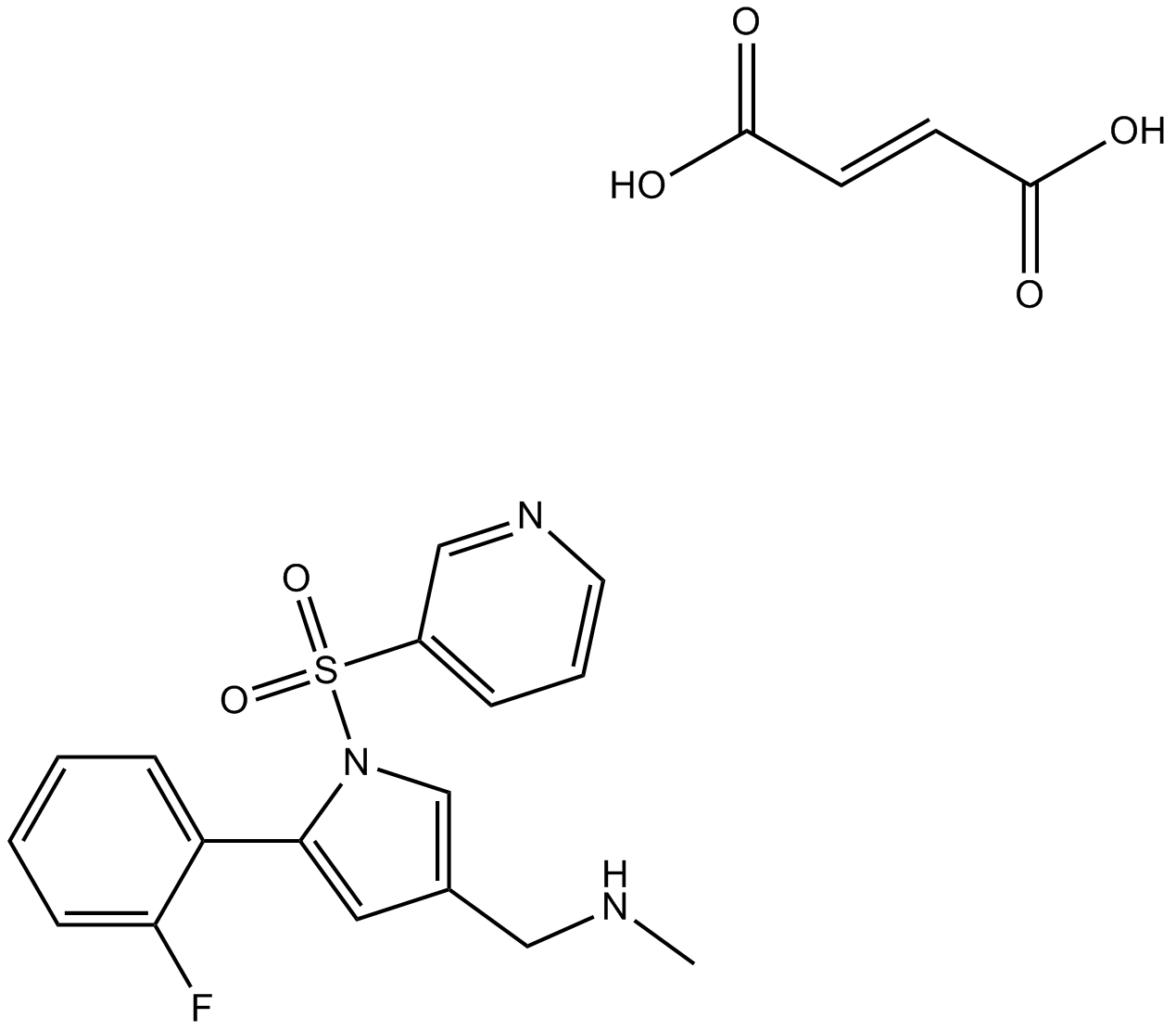 A2308 TAK-438Summary: Blocker of potassium-competitive acid
A2308 TAK-438Summary: Blocker of potassium-competitive acid -
 A8349 Omecamtiv mecarbilTarget: MyosinSummary: Cardiac myosin activator
A8349 Omecamtiv mecarbilTarget: MyosinSummary: Cardiac myosin activator -
 A8351 VX-809Target: CFTRSummary: CFTR corrector
A8351 VX-809Target: CFTRSummary: CFTR corrector -
 A8435 FurosemideTarget: Na /K /Cl- Symporters (NKCCs)|GABAA ReceptorsSummary: GABAA receptors antagonist
A8435 FurosemideTarget: Na /K /Cl- Symporters (NKCCs)|GABAA ReceptorsSummary: GABAA receptors antagonist

